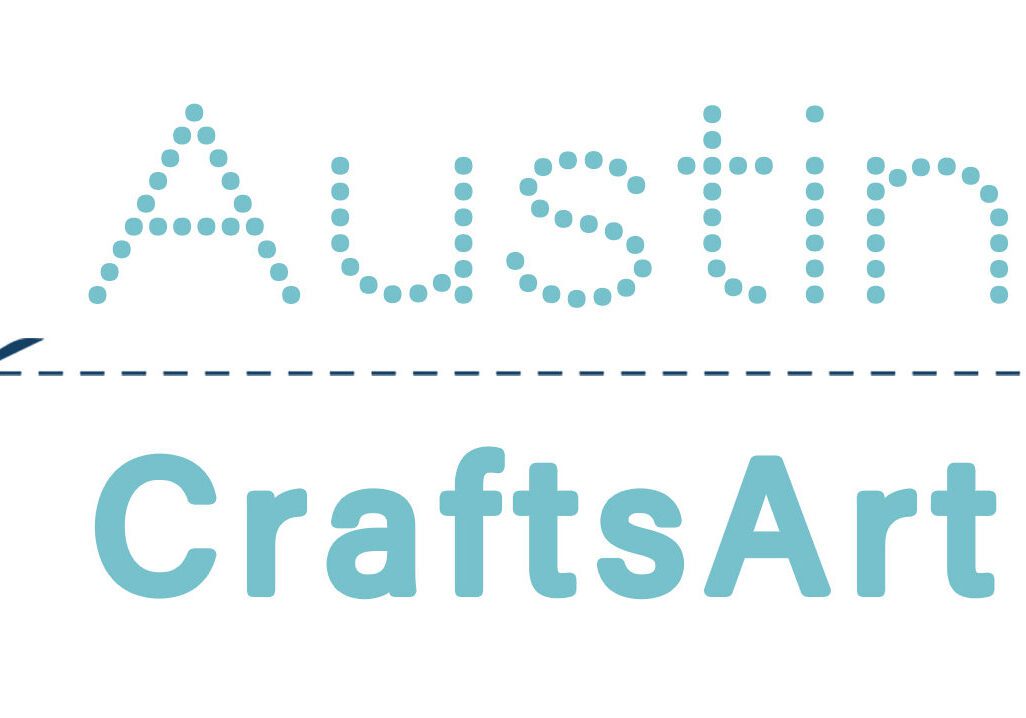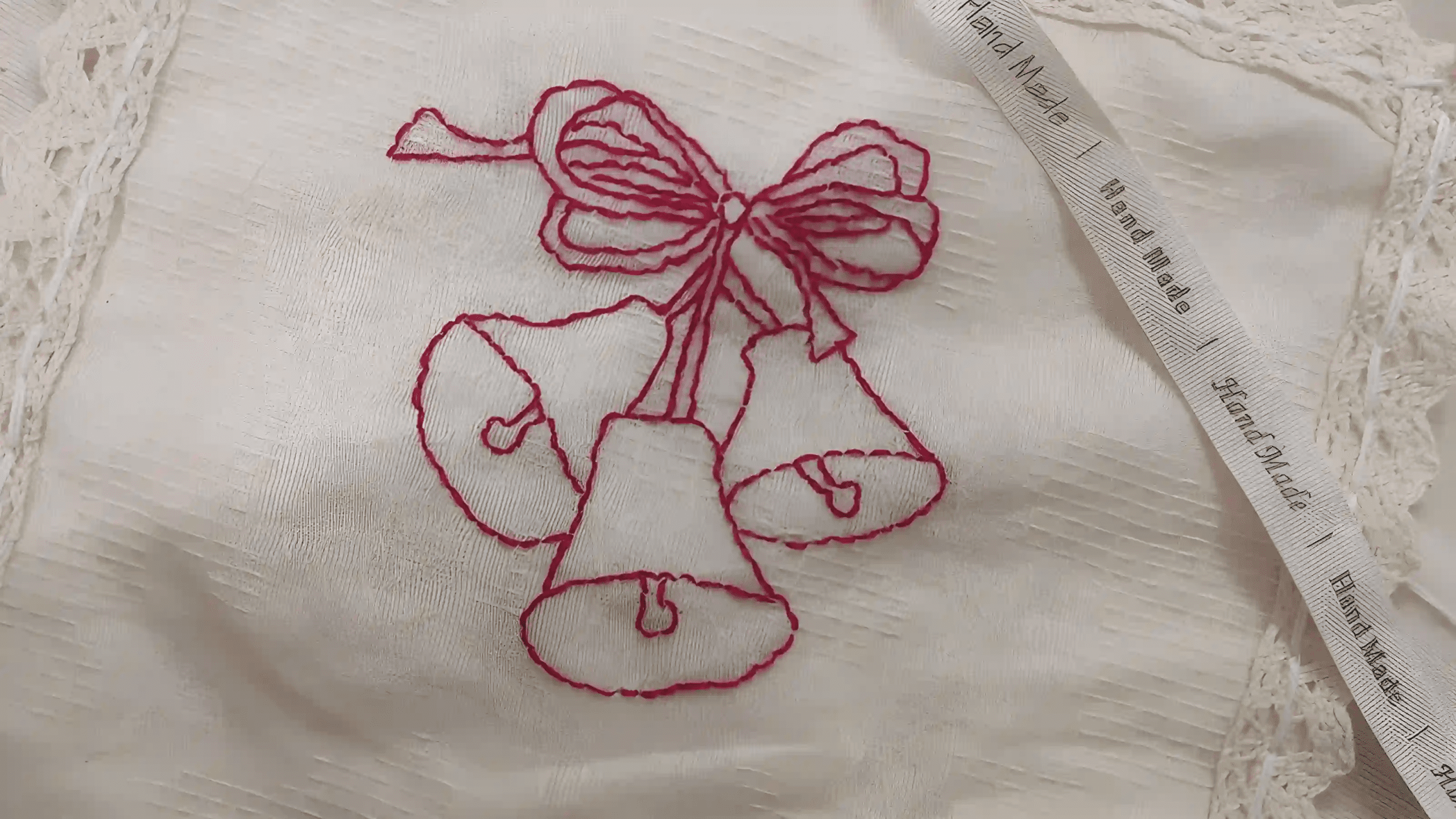Discover the enchanting art of redwork embroidery, a beloved American needlework tradition that has captivated people for over a century. This embroidery technique is known for its bold single-color design, usually in Turkey red, on light fabric. It has been popular in American homes for many generations. With its simple stitches and whimsical designs, redwork embroidery has evolved over time, influencing quilting and other forms of needlework. But what makes this style so unique, and how can you get started with this nostalgic craft? Let’s explore the history, techniques, and supplies you’ll need to master the art of redwork embroidery.
Key Takeaways
- Redwork embroidery is a traditional American embroidery style that emerged in the late 19th century. It is characterized by single-color Turkey red thread on light-colored fabric.
- It features simple stitches like stem stitch and split stitch, showcasing motifs such as animals, children, and nature scenes.
- Redwork embroidery was popular for decorating household items during the Victorian era. It later transitioned to quilting in the late 1800s to early 1900s.
- The style experienced a resurgence in popularity with the introduction of Penny Squares in the early 20th century.
- Redwork embroidery is known for its affordability, colorfastness, and ability to add a personal touch to traditional household textiles.
What is Redwork Embroidery?

Redwork embroidery is a traditional American embroidery style from the late 19th century. It is known for its simple and graphic designs. It gains popularity for its use of a single color, Turkey red embroidery floss, on white or light-colored fabric.
As you explore this charming technique, you’ll notice it’s all about the thread. Specifically, the vibrant red thread that creates stunning designs on your quilt, pillow, or other fabric creations.
The beauty of redwork embroidery lies in its simplicity. Redwork designs use simple stitches like stem stitch, outline stitch, and split stitch to create detailed patterns featuring animals, children, kitchen themes, and nature.
Redwork is a great way to add Victorian style to your projects and is a perfect choice for your quilting collection.
History of Redwork Embroidery
As you explore the history of redwork embroidery, you’ll discover how this traditional craft evolved over time. It is influenced by cultural and social movements.
Popular Redwork Embroidery During the Victorian Era
Redwork embroidery became very popular during the Victorian era. It was used to decorate various household items, including coverlets, quilts, cushions, and toys. The redwork embroidery designs were intricate, often featuring sentimental phrases.
You’ll notice that redwork embroidery often featured motifs like children, insects, toys, and elegantly-coiffed women. These charming designs added a personal touch to traditional household textiles. Redwork’s affordability and colorfastness made it an ideal choice for decorating household items, and its popularity soared during this time.
The Rise of Penny Squares
You’ll discover that the early 20th century brought a game-changing innovation to redwork embroidery: penny squares. It revolutionized the way people created intricate designs and motifs. The preprinted blocks showcase iconic designs beautifully. This made it easier for enthusiasts to create stunning redwork quilts and embroidered items.
With penny squares, redwork enthusiasts could simply stitch over the preprinted designs, making it more accessible to households.
Redwork Transitions from Home decor to Quilts
Redwork embroidery became popular in quilting from the late 1800s to the early 1900s. As you explore this era, you’ll notice that redwork quilts became incredibly popular. The shift to quilts allowed for larger, more intricate redwork embroidery designs. The contrast of red stitching on white fabric created a striking visual effect. With redwork embroidery, quilters could create beautiful, graphic designs that told stories and conveyed messages. It cements redwork’s place in quilting history.
Machine-Made Products Replace Hand Embroidered Redwork
As the early 20th century dawned, machine-made products began to supplant hand-embroidered redwork. It marks a significant shift in the way redwork items were produced and perceived.
You may wonder what led to this change. Advances in technology enabled faster and more cost-effective production of redwork items, making machine-made products a more appealing option. Industrialization played a key role in this shift. It leads to a decline in the popularity of traditional handcrafted redwork pieces.
Machine embroidery offered a quicker and more efficient alternative to the time-consuming process of hand redwork. This marked a significant turning point in the history of redwork embroidery.
Vintage Style Redwork Embroidery is Now Popular Again
Interest in vintage craftsmanship has caused redwork embroidery to become popular again in recent years. Modern crafters and quilters are attracted to its nostalgic charm and tactile appeal. Needleworkers are actively searching for classic redwork designs and patterns.
Redwork embroidery has become popular again due to its nostalgic charm. Stitching with red cotton thread on white fabric is satisfying and soothing. As you delve into the world of redwork, you’ll discover why this traditional craft remains popular again.
Supplies You’ll Need
As you prepare to start your redwork embroidery project, you’ll need to gather the essential supplies.
Background Fabric
You’ll need a high-quality background fabric to provide a clean canvas for your redwork embroidery. White or light-colored fabrics are the preferred choice for this style of embroidery. These fabrics allow the vibrant red thread to stand out, creating a striking contrast. Muslin and calico are commonly chosen for redwork projects due to their popularity. They offer a smooth, even texture that’s easy to stitch on.
Embroidery Thread
Select a high-quality red embroidery floss to ensure your stitches stand out vividly against the light-colored background fabric. This iconic color is a hallmark of redwork embroidery. When choosing your embroidery thread, opt for a colorfast dye to guarantee your piece remains vibrant over time.
Embroidery Needle
What type of embroidery needle is best suited for redwork embroidery?
For redwork embroidery, you’ll need an embroidery needle with a sharp point for piercing fabric. The size of the needle is crucial, as smaller sizes are perfect for fine details in your designs. Choosing the right needle size ensures smooth stitching and prevents damage to the fabric.
Embroidery Hoop
With your embroidery needle in hand, it’s time to consider the other vital tool: the embroidery hoop. This round tool keeps your fabric tight to avoid wrinkles and puckering during embroidery.
Design Transfer Tools
Precision is key when transferring your redwork embroidery patterns onto fabric. The right tools at your disposal ensure a crisp and accurate replication of your chosen pattern.
To achieve this, you’ll need a few essential design transfer tools. Transfer pens and tracing paper are a great combination for creating a precise outline of your design.
For temporary markings, water-soluble markers are ideal. You can also use iron-on transfer pencils for a simple transfer process. Alternatively, carbon paper allows you to transfer designs by tracing over the pattern.
Redwork Embroidery Techniques

To master redwork embroidery, learn the essential stitches that make this traditional technique come alive.
Running Stitch
In the realm of redwork embroidery, the humble running stitch emerges as a versatile foundation stitch. It expertly crafts continuous lines that evoke the charm of hand-drawn sketches on fabric.
As you work with this stitch, you’ll find it’s ideal for outline drawing and adding fine details to your redwork designs. Redwork quilts and decorative household items usually use a running stitch for a tidy and uniform look.
Backstitch
With the backstitch, you’ll create graphic outlines that define the essence of redwork embroidery.
This fundamental stitch, also known as outline stitching, is a cornerstone of redwork embroidery. You’ll find it’s a favorite among beginners and seasoned stitchers alike, as it’s easy to learn and master.
As you work with the backstitch, you’ll notice how it adds depth and dimension to your designs. It is perfect for creating bold motifs on quilts, especially those designed for kids.
Stem Stitch
You’ll find the stem stitch to be a natural extension of your backstitch skills. It also excels at creating bold, continuous lines that add depth and texture to your redwork pattern.
This embroidery technique is perfect for outlining and adding details to your redwork pieces. The stem stitch creates a smooth, ropelike appearance, making it ideal for both straight lines and curves.
Outline Stitch
Mastering the outline stitch allows embroiderers to create bold, defined shapes and add precise details to their designs. In redwork embroidery, outline stitching is commonly used to define the edges of motifs and create a bold, defined look.
Kensington Stitch
In redwork embroidery, the Kensington Stitch plays a crucial role in outlining motifs and creating a bold, defined look. You’ll often find it used to outline designs featuring children, animals, or kitchen themes.
This stitch is a staple in redwork embroidery, providing a clear and crisp outline that makes your motifs pop. As a beginner, you’ll appreciate how easy it is to learn and master the Kensington Stitch. In fact, children were often taught this stitch as a starting point for redwork projects.
Conclusion
Redwork embroidery is still popular today. You’ve now grasped the essence of redwork embroidery, a timeless art form that’s both nostalgic and charming.
After learning the basics of history, supplies, and techniques, you are ready to start your creative journey. As you stitch, remember to keep your lines simple, your stitches even, and your imagination wild.
With practice, your redwork creations will flourish, filling your life with warmth and character.

